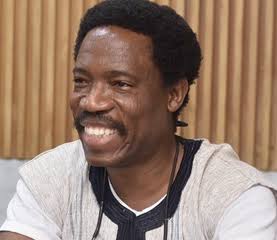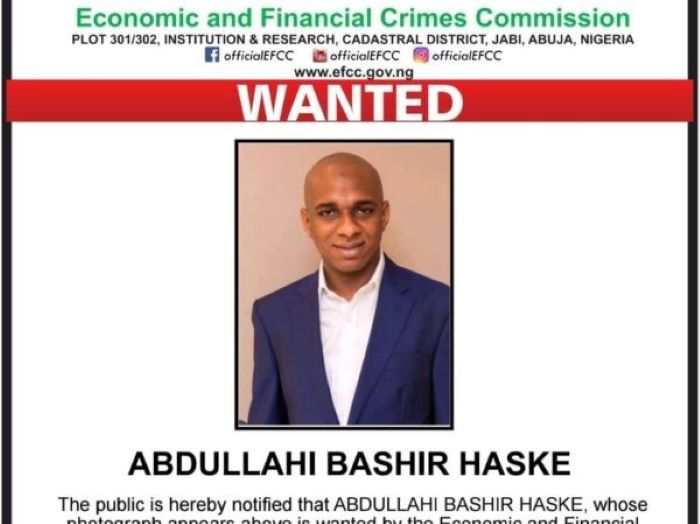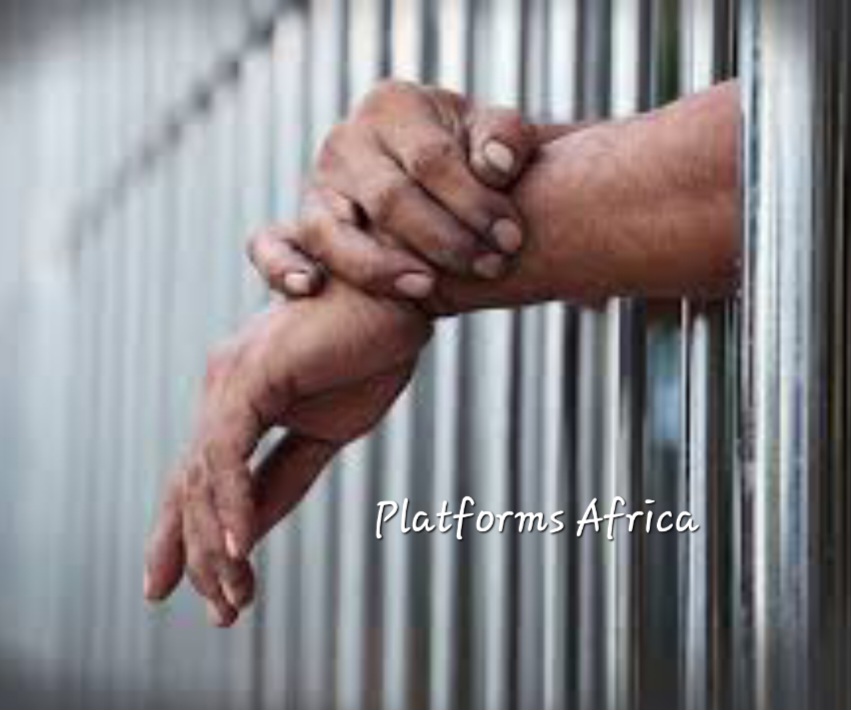How Information Disorder Affects Protests in Africa By Ayo Ojebode, a professor of Applied Communication, University of Ibadan
Full Title: How Information Disorder Affects Protests in Africa and What Stakeholders Must Do

Protests are acknowledged globally as an important aspect of democracy. This cannot be otherwise: democracy, however we define it, is a collaborative venture among diverse and, sometimes, opposing forces. Often, some groups or viewpoints feel marginalised or unfairly treated, and when the other avenues for expressing this feeling fail, they resort to protests. Protests should be welcomed and encouraged, therefore, as a major way of expressing discontent. It should not be ignored; it should also not be punished or repressed. If we kill protests, we kill democracy.
This is not to say that, for us in Africa, protests came only with the emergence of Western democracy. Far from it. The Aba women’s protests of 1929 remains a landmark in women’s kicks against oppressors. Twenty years after that, the irrepressible Mrs Olufunmilayo Kuti led the Abeokuta women against unkind taxation and denial of civil rights – so well that the king had to temporarily abdicate the throne even though he had the support and protection of the colonial government. One can cite numerous other examples of protests in the precolonial, colonial and early independent days.
The 1980’s and 1990’s for Africa remain the decades of protests. It was at that time that over 35 African nations became multiparty states – and this transition to democracy (allow this narrow use, pls) was not without protests. The scars of Nigeria’s anti-military protests are still visible on individuals and groups in Nigeria to this very day. So, for us, democracy came through protests, and has been sustained through protests.
The second leg of our discussion is information disorder. Broadly defined, information disorder is any attempt to tamper with the sanctity of a piece of information. Wardle (2019) noted that it comes in seven forms: satire or parody; misleading content; imposter content; fabricated content; false connection; false context, and manipulated content.
Like protests, this is not new. However, the explosion in social media access has made it a major component of our daily challenges. Information disorder affects protests in three ways. One, it may trigger protests. Many have embarked on protests only to discover that they had been fooled by fake news. Two, information disorder may fuel protests. When protests begin, lies and fabrications and exaggerations are sometimes used to sustain them. Three, importantly, information disorder has been used to discourage protests and split protesters – even turn them one against the other.
Information disorder is one of the great enemies of democracy. Governments now use trolls and bots to manipulate public opinions against protesters. Cambridge Analytica was a known devourer of democracy but there are millions of such companies worldwide yet to be known. So you make a post (say about a protest) and you get a hundred rejoinders refuting your post within an hour. You feel like an ignorant person, and you keep quiet – thinking those responding to your post had superior information. But they do not. They are programmes – bots and trolls; they are not humans! Non-human objects now share the democratic space with humans. From that point, the narrative about the protests gets influenced in favour of the non-human crowd and the government or whoever is funding them.
In thinking about the narrative of protests, we must also pay attention to the fact that protests in Africa hardly deliver on their full potentials because protesters sometimes lack plans for post-protests eventualities. When should a protest be called off? What should we go on doing after the protests? Importantly, what name should this protest be called and how should it be represented in the news? All these are hardly thought through at the start. And this is because protests sometimes erupt in response to unforeseen aggression from government – such as sudden fuel price increase or cancellation of food stamps.
Before protesters articulate these things, the government is already ahead of them with its narrative. And as you know, he who gets to the media first has the media. How does this play out? Often in the narratives, the dog is given a bad name in order to hang it. So protests are called riots, and genuine protesters are lumped up with hoodlums who foment trouble, arson and murder! All these are called rioters! It is the criminal height of information disorder.
This is what I found unfortunate about the #EndSARS narrative in Nigeria – in October 2020. Long after the protests had been called off, and after the hoodlums have taken over the cities, breaking jails and burning businesses including hundreds of private and government vehicles, the narrative remained “#EndSARS protests persist…”. These criminals were reported as #EndSARS protesters. Yes, we know there was a big difference between the protesters – decent, well organised, articulate young people whose protest was described as “a gift” by Prof Wole Soyinka, and the hoodlums that came to kill, steal and destroy. Yet, the journalists and government lumped them up as one. This is an attempt to punish and pulverise the decent protesters and teach them a lesson. Unfortunately, even established journalists were (un)willing collaborators in this demonisation process.
To ensure a fair narrative of protests in the information ecology disorder that we have found ourselves, it is important that protesters also take a firm hold of the process and product of narration. There should be more integrated cooperation between protesters and the media that report them. There should also be a think-through on the aftermath or aim or target of a protest – and this should not just keep increasing from five demands to seventeen demands and so on to “the president must resign”. Endless and uncoordinated elasticity gives room for infiltration, and the twisting of the narrative of a genuine protest.
Editor’s Note
Ayo Ojebode is a professor of Applied Communication, University of Ibadan and member, African Digital Rights Network (ADRN). This piece is his keynote speech during the recent webinar on protests and information disorder in Africa organised by the Centre for Research on Development of African Media, Governance, and Society (CEREDEMS) in partnership with institutions in the Russian Federation and some African countries.
Reference
Wardle, C. (2019). Understanding Information Disorder. First Draft. https://firstdraftnews.org/wp-content/uploads/2019/10/Information_Disorder_Digital_AW.pdf?x76701





